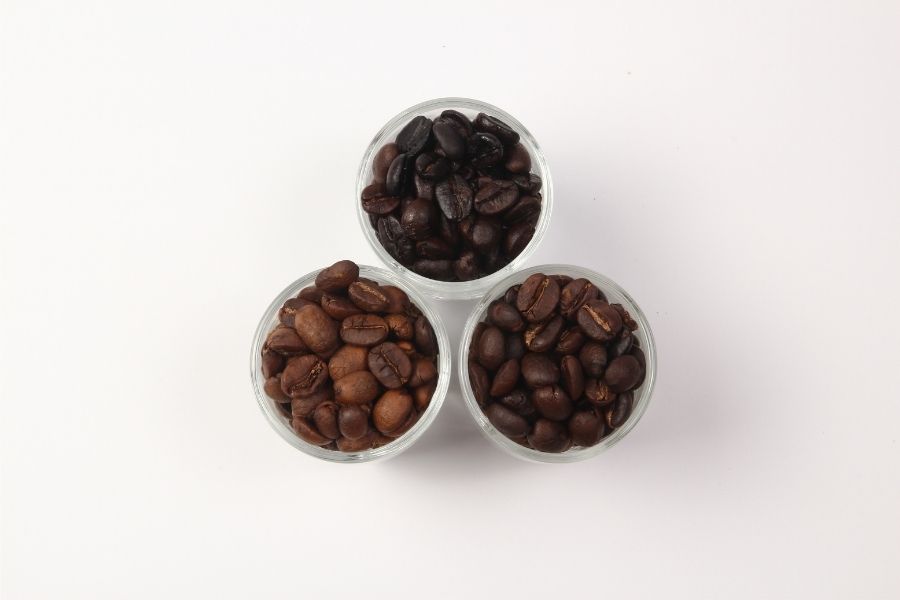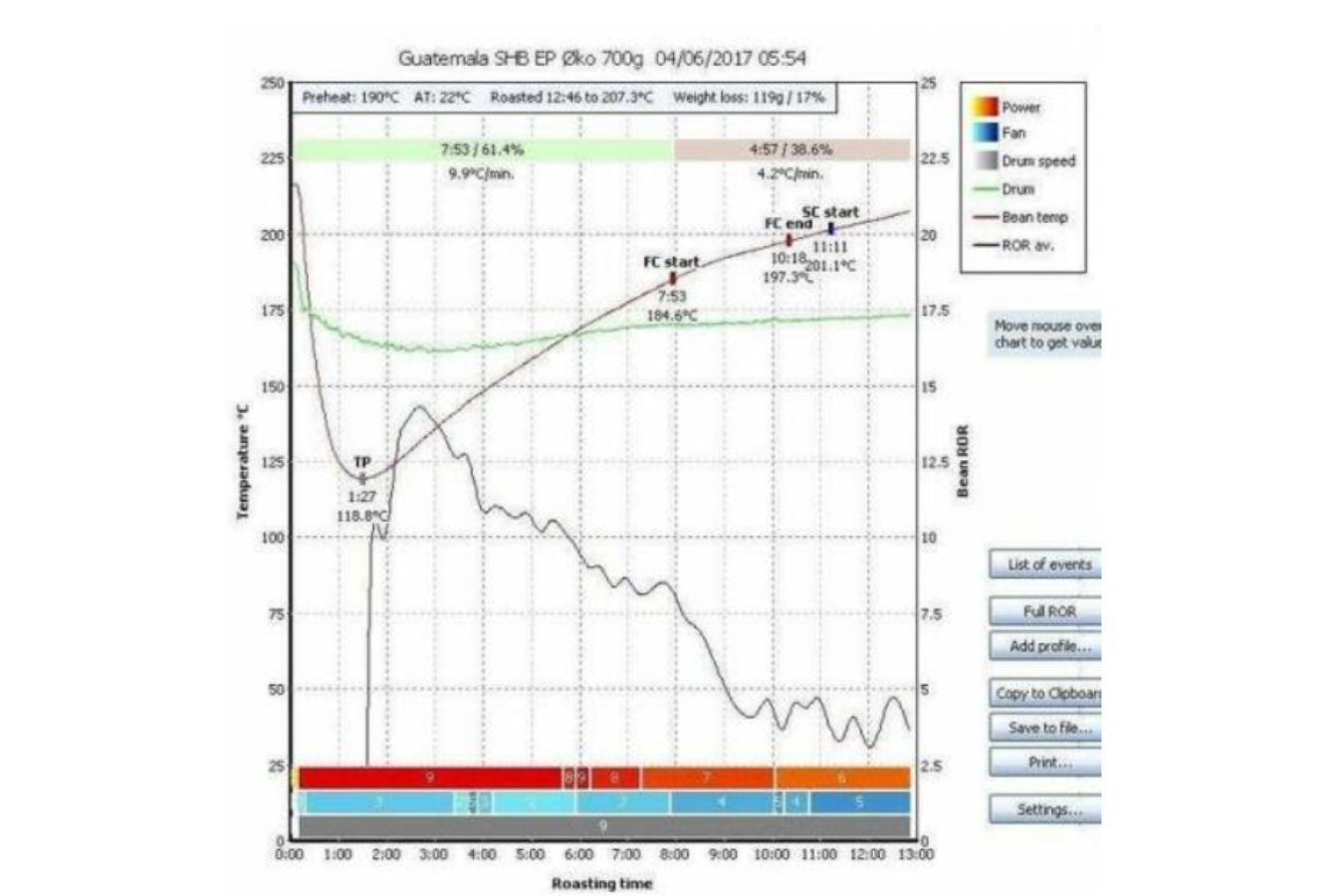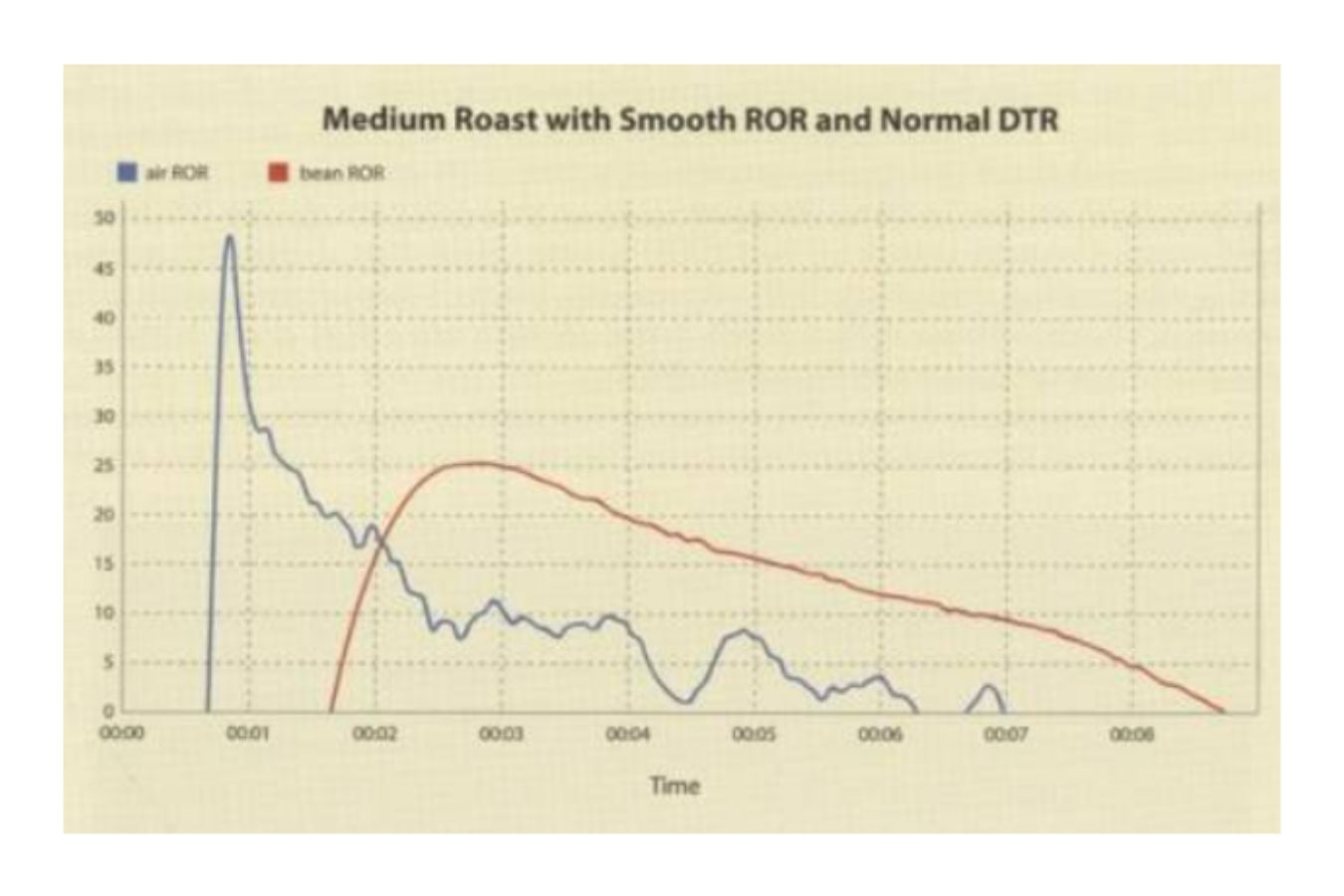
Coffee Roasting Rate Of Rise? – There are various terminology and meanings in coffee roasting that are only generic or detailed regarding a particular process or action that affects the roasting process, such as DT (Drop time): Release/charge point (CT Charge time); TP (Pivot Point) pivot point ROR (rate of increase): ROR (rate of increase); The first explosion is referred to as FC (first crack); the second explosion is referred to as SC (second crack). End Heat (EH): extinguish the flames; The DTR (Development Time Ratio) is a measurement of how long it takes for something to develop. …vv
However, for rookie roasters, ROR might be a perplexing and misleading phrase. Let’s see what we can find out together.

What is ROR (rate of increase)?
The temperature curve and the rate of rise are the two basic ways to describe how the temperature of your beans changes during roasting.
Measure the real temperature of your coffee beans with a temperature curve.
Rate of rise: During roasting, the evolution of the grain’s temperature per unit time, is usually 30 to 60 seconds.
Let’s assume your ROR is 5 out of 30 seconds, which indicates the temperature of your coffee bean rises by 5°C every 30 seconds.
ROR Max, ROR 1st Crack, and ROR End are three major milestones in the pace of temperature rise.
The temperature drops abruptly during the start of roasting (drying phase) due to the significant heat absorption of the beans, resulting in a negative ROR. When the drum and bean temperatures are in balance, the temperature is stabilized once more. The ROR begins to rise.

So, what’s the point of measuring ROR? Why not just use the temperature curve of the particles?
Because RoR provides a better early signal of temperature changes. This gives you more control over the roast and allows you to select the roast profile you want.

How does ROR affect the roast’s final quality?
Roasters are dependent on each roasting stage and manage the large and tiny flame (Heating) that is appropriate for their roasting purpose, from which the ROR will fluctuate in general, growing, reducing, or becoming negative.
During each roast, the rate of increase in mean temperature (ROR) climbs rapidly at first, then gradually lowers. When you put room-temperature coffee beans into a hot roaster, this is what happens.
Some of the sweetness will be lost if the ROR rises continually while roasting (aside from the first 2-3 minutes of roasting).
Because the aromatic molecules are not produced, if the ROR remains unchanged or flat for even 1 minute, it will destroy the sweetness and produce “flat” scents suggestive of paper, cardboard, dry cereal, or straw.
A ROR is affected by a variety of elements, including flame adjustment, airflow, intake point, explosion point, batch volume, coffee wetness, and so on.
ROR and some of the most typical issues.
ROR has a natural inclination to shift patterns at key times, as experienced roasters know. The first crack is perhaps the most difficult part of the roasting process. The operator must foresee and adjust for each of the following common circumstances to produce a smooth declining ROR:
- The RORs are normally flat in the minutes leading up to Crack.
- Due to cool evaporation, ROR tends to drop quickly at the initial crack.
- ROR tends to rise swiftly after the first crack.
- ROR accelerates again at or after the second crack.
Conclude
We can confirm that roasting coffee is not easy (except for roasting coffee), and that in order to roast the appropriate batch, rich in flavor, nice body, wonderful scent, low acid… you must have a thorough understanding of ROR.